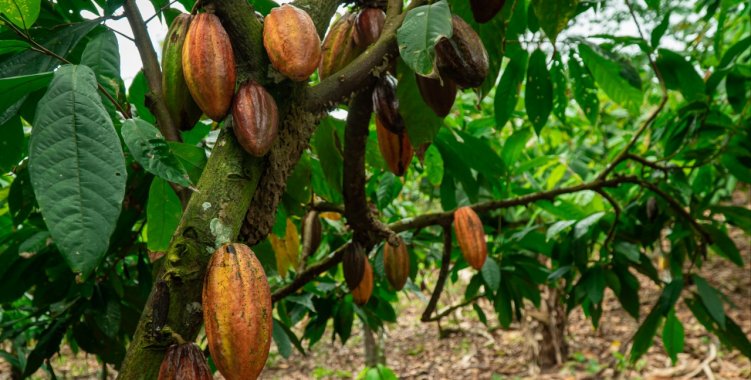At the time, he said that they were satisfied with what they saw at the vivarium, but the next step to be taken is to move from the vivarium to the producing families.
"We visited INCA's central vivarium here in Bengo and we are very satisfied with what we saw and we now need to leave the vivarium and go to the producing families so that they can make good use of these plants", pointed out the government official, quoted by Angop.
As part of an agreement established with the Ministry of Agriculture of São Tomé and Príncipe, according to the minister, national technicians received training in that country, which has extensive experience in cocoa production, and is currently working on the process that aims to multiply the plants in Angola.
This work is being done with hybrid seeds, said the head of Agriculture and Forestry, who also said he believes that within a time horizon of two and a half years they will be able to reap the first fruits, supporting the idea of investing in young people who will be responsible by plants.
"Similarly, we also have hybrid palm trees here, plants that we brought from the Ivory Coast, they were multiplied here, they are showing excellent results and we are also going to put them in the ground during this period when it is raining", said Francisco de Assis.
Vasco Gonçalves, general director of INCA, also spoke on the occasion, who stated that the vivarium in the province of Bengo has more than 100 thousand cocoa seedlings, 43 thousand of which were imported from São Tomé and Príncipe and approximately 57 thousand seedlings are from of national production, coming from Cabinda, Zaire and Nambuangongo, in order to promote the cultivation of this fruit in Angola.
Cocoa production in the country is 250 tons of cocoa per year, 200 tons of which are produced by Cabinda, which, in the view of INCA's director general, is still considered insignificant, writes Angop.
According to the person responsible, with the level of cultivation of seedlings that they are distributing and the growing interest in the culture at a national level, it is believed that two to three thousand tons of cocoa will soon be reached in national terms, but there will only be satisfaction when the 200,000 tons.







